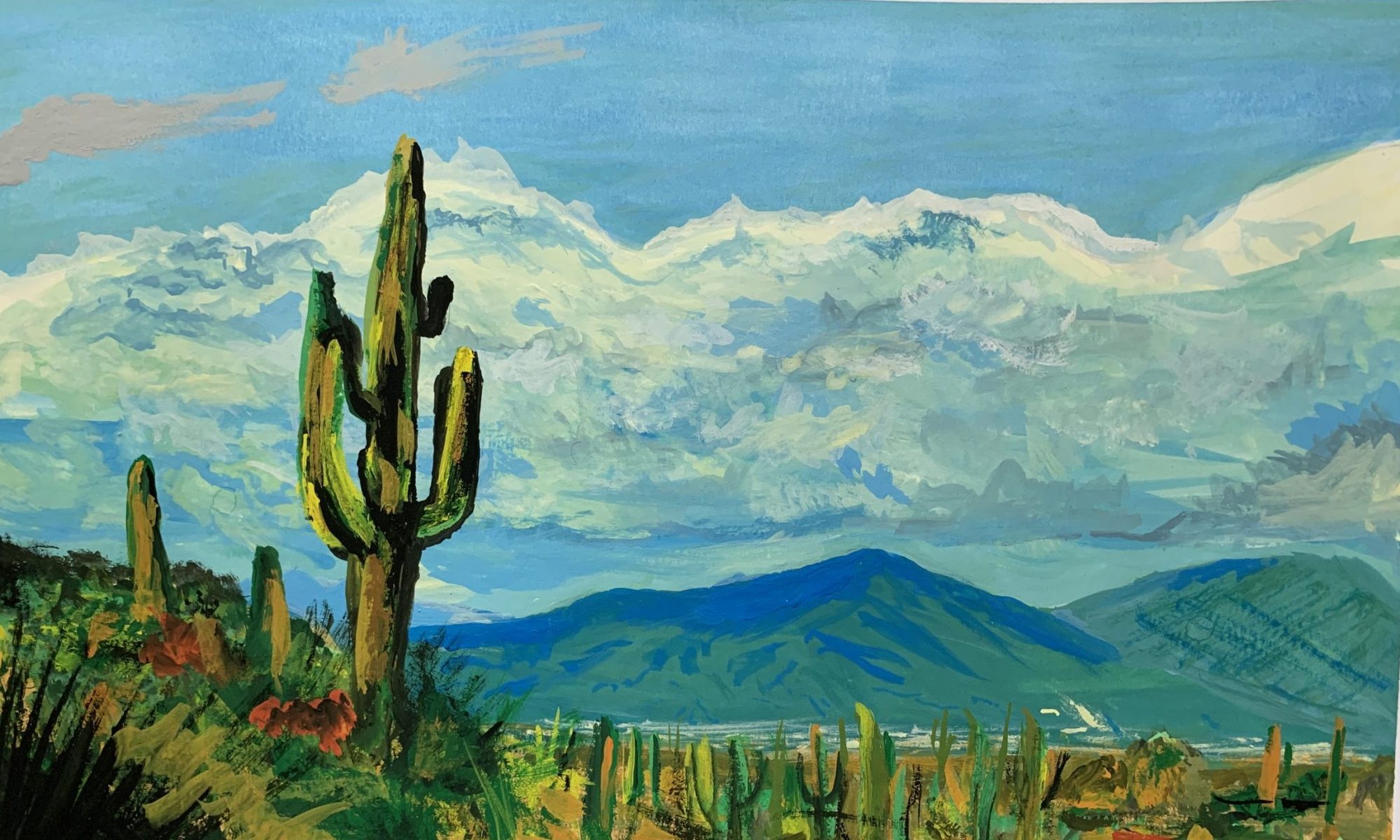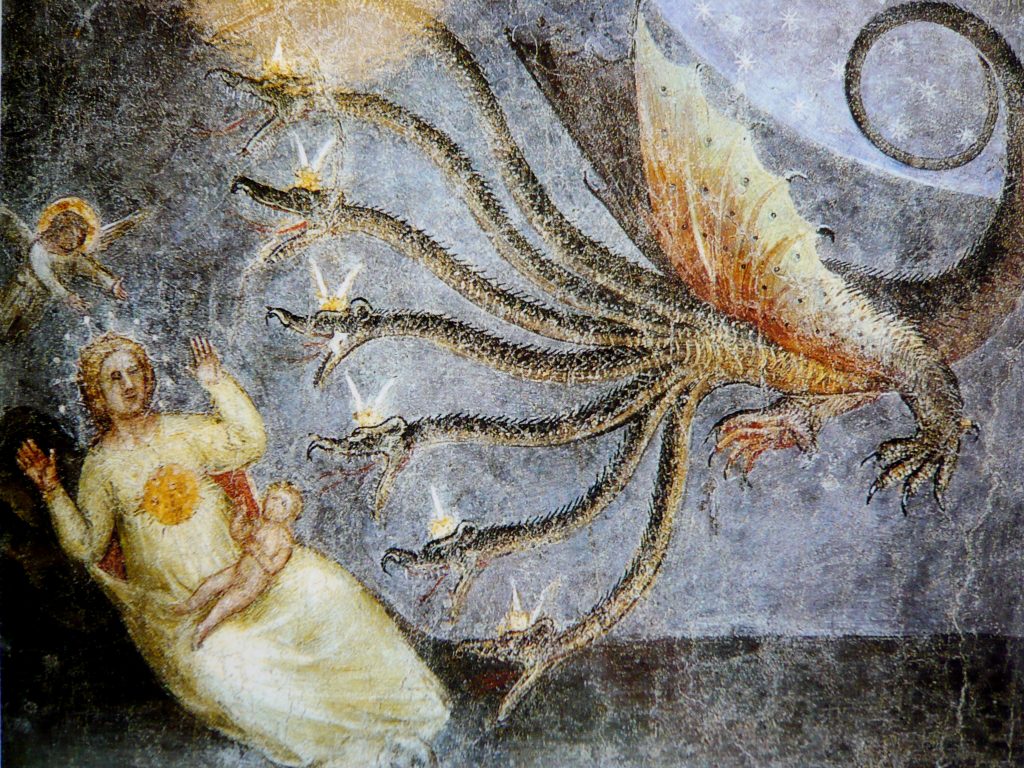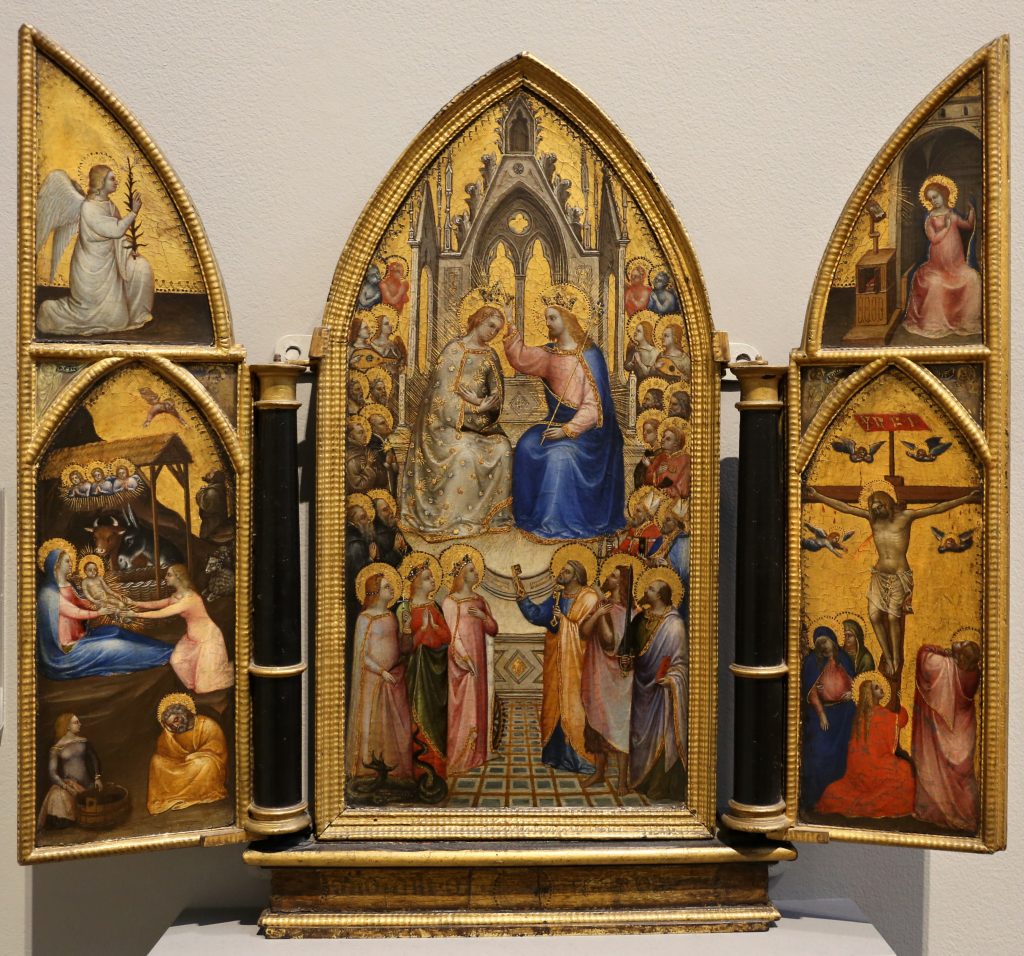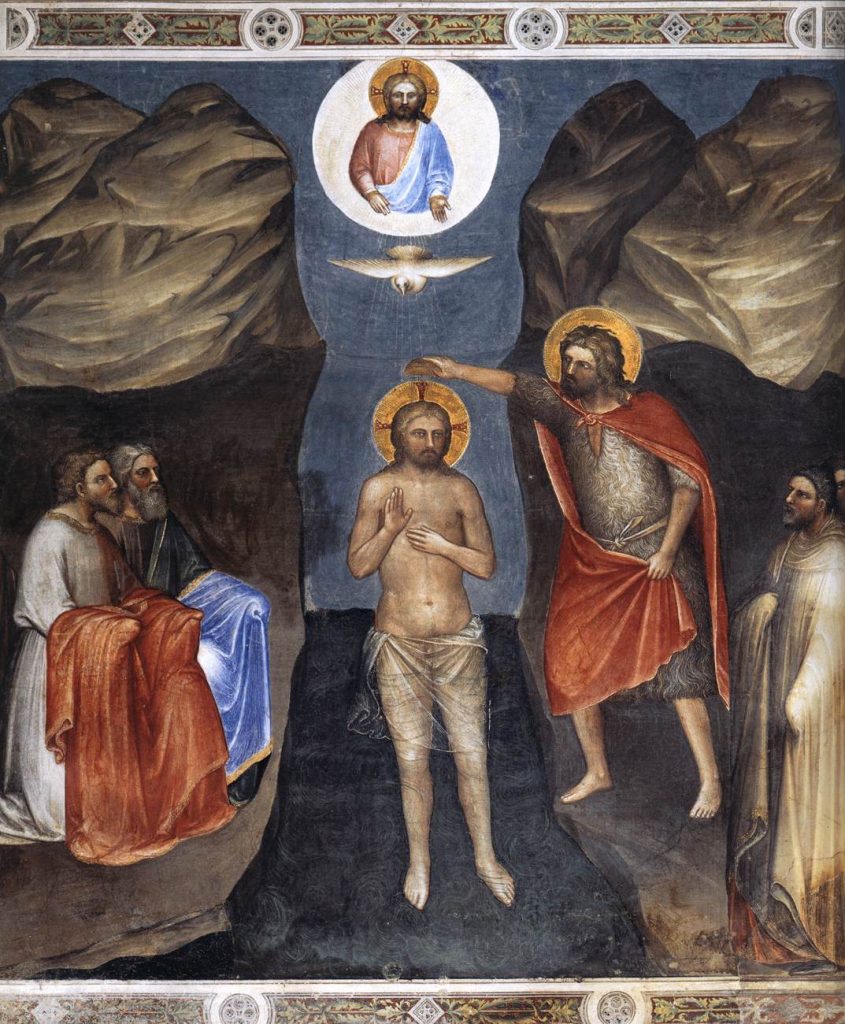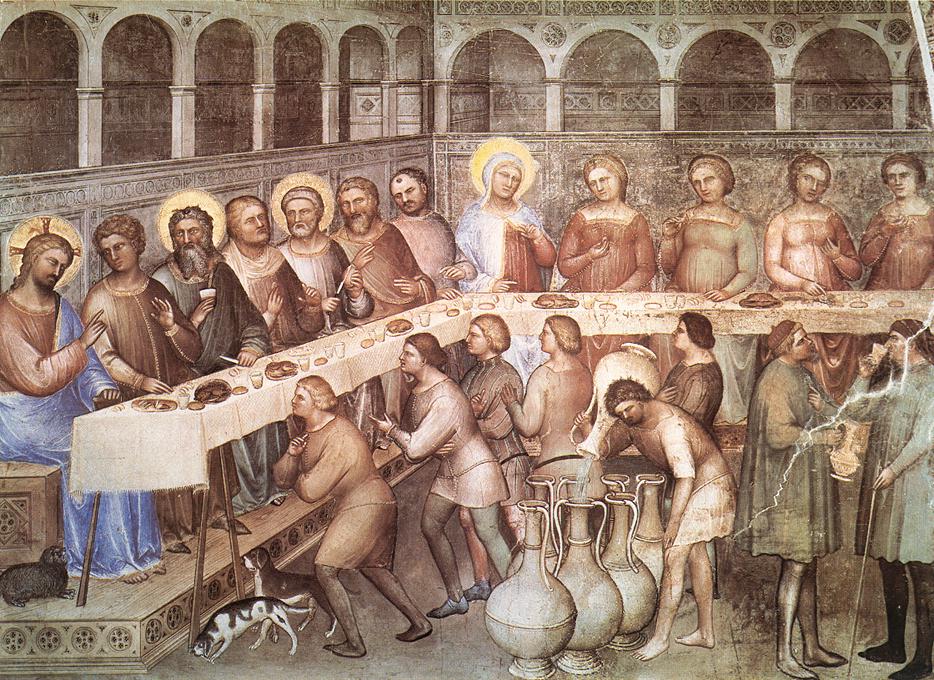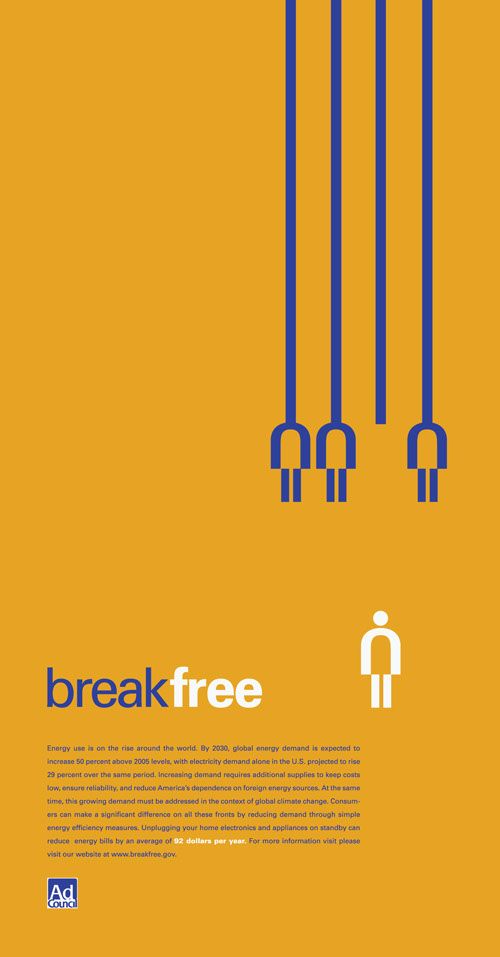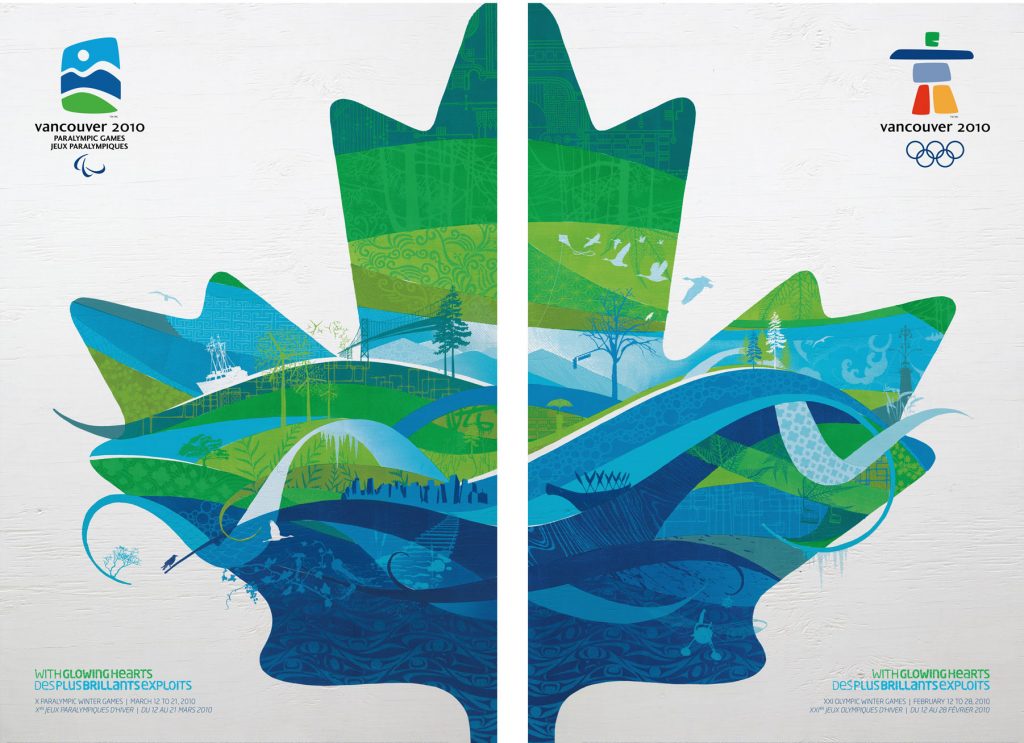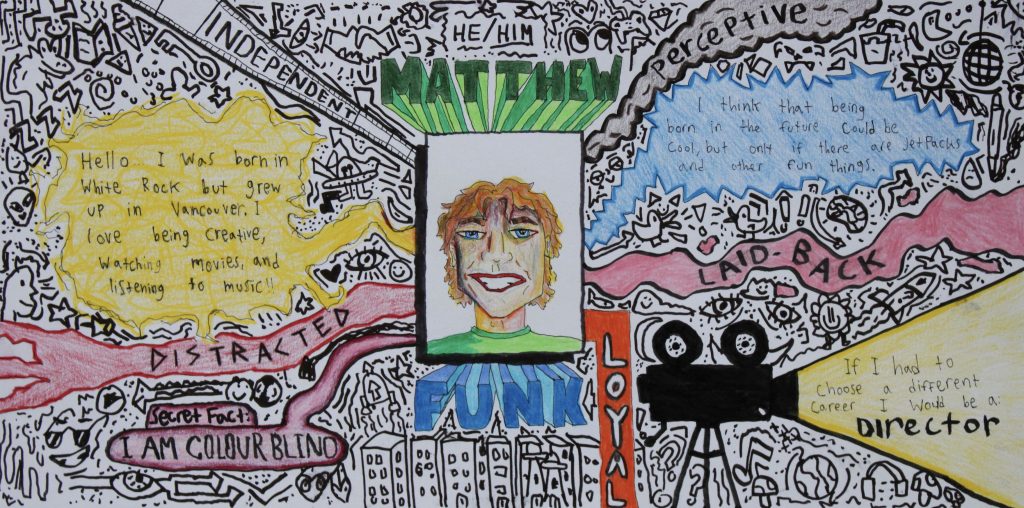Rock Art And Its Importance
Storytelling has long been a part of human history. To be exact the first examples that we see in history dates back nearly 35000 years ago. Rock art is some of humanity’s first examples of actually recording some sort of information, whether that be a picture of an animal, a handprint, or a religious story. Rather than actually communicating through something that is easily lost, rock art and other early forms of writing help new generations to have insight into what previous generations went through. Rock art is important because it shows the culture and heritage of humans thousands of years ago through visual and symbolic mediums.

Symbols Throughout History
While rock art was history’s first real canvas to record certain information, the use of symbols was incredibly important to the shaping of written knowledge, and many languages to this day use symbols as a key component to written words. Some of the first uses of symbols being used in writing would be that of hieroglyphs. The use of hieroglyphs in ancient Egypt is some of the first times that we see a society distinguish certain information through the use of symbols and characters. Cultures have learned from this idea since the first use of hieroglyphs. Written language has since evolved significantly from that point, but we can still see these uses of symbols in modern language and written literature. The Chinese language uses different characters for different words instead of an alphabet like English, because of this there are thousands of different symbols in the Chinese language, and we can see that relationship between word and symbol just like in ancient Egypt.

Personal Thoughts
So what does all of this information tell us? Why is this meaningful and important information to know? More than just interesting facts to know, understanding early written knowledge can help us have a greater understanding of early written information and can give us a greater connection to understanding our early ancestors. We use written language, pictures, symbols and numerous other information recorded in our daily lives. Understanding the evolution and beginning of recorded knowledge helps us to have a greater appreciation of recorded information today. Whether we as humans use a book, newspaper, look at a painting or anything else, imagining a world without the possibility of those mediums is almost impossible to think of. Recording certain ideas or stories help so those ideas do not die with the people who thought of them, this is why the beginning of rock art is truly so important. Because without rock art we would have been set back in knowledge for thousands of years.

Work Cited.
“Chinese Characters.” Wikiwand, https://www.wikiwand.com/en/Chinese_characters. (Image 2)
“Chinese Symbols: The Most Common Chinese Symbols and Their Meanings.” TutorMandarin, 27 Aug. 2018, https://www.tutormandarin.net/en/chinese-symbols-meaning-behind/.
Davis, Ben. “Why is hieroglyphics important today?” mvorganizing, 30 May. 2021, https://www.mvorganizing.org/why-is-hieroglyphics-important-today/.
“Languages – Chinese – A Guide to Chinese – Chinese Characters.” BBC, BBC, https://www.bbc.co.uk/languages/chinese/guide/alphabet.shtml.
Rheenen, Erin Van. “15 Caves and Canyons That Hold the World’s Ancient Art.” 12 Oct. 2017, https://www.fodors.com/news/photos/amazing-ancient-cave-art-from-around-the-world. (Image 1)
“Rock Art.” Encyclopædia Britannica, Encyclopædia Britannica, Inc., https://www.britannica.com/art/rock-art.
“Types of Rock Art: Petroglyphs and Pictographs.” Geology, https://geology.com/articles/petroglyphs.shtml. (Image 3)
